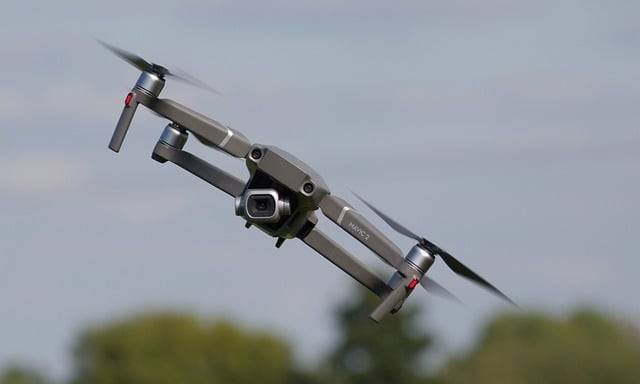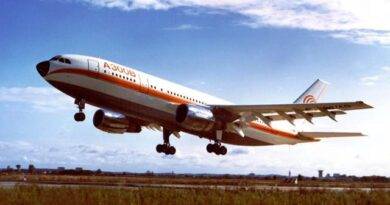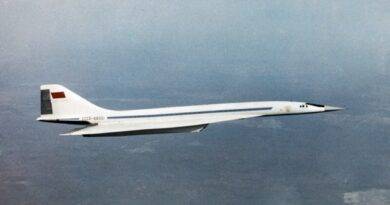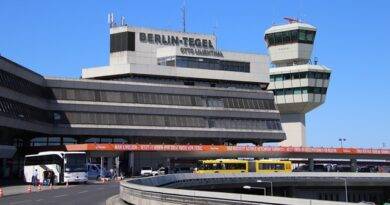Enhancing Border Security and Surveillance with UAV Technology: A Game-Changer in Homeland Defense
Border security and surveillance have always been critical concerns for nations worldwide. The advent of Unmanned Aerial Vehicles (UAVs), commonly known as drones, has revolutionized the field, offering a versatile and efficient solution for monitoring and protecting borders. In this article, we will explore how UAV technology has become a game-changer in enhancing border security and surveillance, providing concrete examples to highlight its effectiveness.
UAVs: The Eyes in the Sky
UAVs offer a unique advantage in border security by providing a bird’s-eye view of vast stretches of land, remote regions, and challenging terrains. Equipped with high-resolution cameras and advanced sensors, UAVs can capture real-time imagery, detect movements, and identify potential threats along the border.
Example: In the United States, Customs and Border Protection (CBP) utilizes UAVs like the Predator B to monitor the border with Mexico. These drones fly at high altitudes, covering vast areas and transmitting real-time video feeds to ground control stations, allowing rapid response to any suspicious activity.
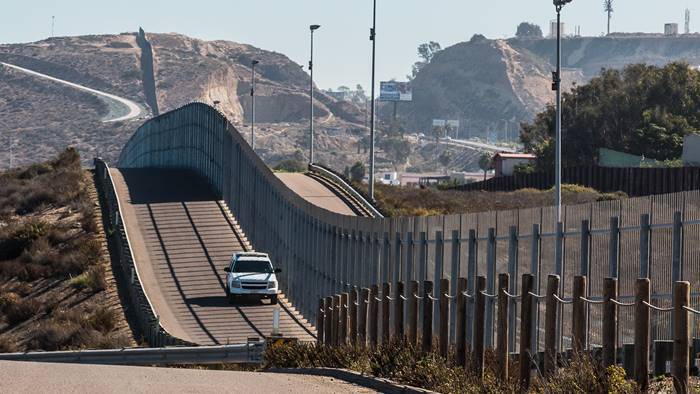
Rapid Response and Mobility
One of the key benefits of UAVs in border security is their agility and quick deployment capabilities. Compared to traditional methods, such as ground patrols or fixed surveillance systems, UAVs can be launched rapidly and repositioned to areas of interest as needed.
Example: The Israeli Defense Forces (IDF) employ the Skylark I-LE UAV for border surveillance. With its lightweight design and launch system, the Skylark can be quickly deployed by ground units, providing real-time intelligence and enhancing situational awareness along the country’s borders.
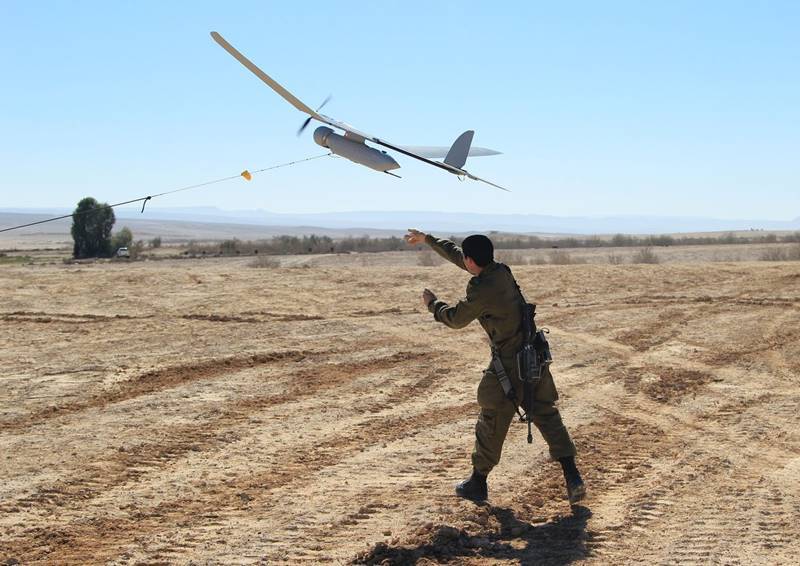
image source: https://www.i24news.tv/en/news/israel/150716-170718-israeli-drone-crashes-in-west-bank-palestinians-return-it-to-army
Enhanced Situational Awareness
UAVs equipped with advanced sensors, such as thermal imaging, infrared cameras, and radar systems, offer enhanced situational awareness to border security forces. These capabilities enable the detection of human and vehicular movement even in low-light conditions or dense vegetation.
Example: The Australian Border Force (ABF) uses UAVs equipped with thermal cameras to monitor maritime borders. These drones can detect small boats or vessels attempting to cross the border during nighttime, improving interception and preventing illegal activities.
Cost-Effectiveness and Scalability
Implementing UAV technology for border security and surveillance can offer significant cost advantages compared to traditional methods. UAVs are more cost-effective than manned aircraft or building extensive physical infrastructure along the border. Moreover, UAV systems can be easily scaled up or down, depending on the border’s needs, without significant additional expenses.
Example: India’s Border Security Force (BSF) employs UAVs like the Netra for surveillance along its borders. By utilizing UAVs, the BSF has achieved cost savings while ensuring continuous monitoring and response capability along the country’s challenging terrain and borders.
Deterrence and Force Multiplier
UAVs play a vital role in deterrence by acting as a visible presence and a force multiplier for border security forces. The mere presence of UAVs can act as a deterrent, dissuading potential intruders from attempting illegal border crossings.
Example: The European Border and Coast Guard Agency (Frontex) utilizes UAVs in its border control operations. These drones conduct aerial patrols over land and sea borders, providing support to border guards and enhancing the overall effectiveness of border surveillance efforts.
Conclusion
Unmanned Aerial Vehicles (UAVs) have transformed the landscape of border security and surveillance, offering unprecedented capabilities and advantages. With their aerial vantage point, rapid deployment, enhanced situational awareness, cost-effectiveness, and deterrence potential, UAVs have become an indispensable tool in securing national borders. As technology continues to advance, the integration of UAVs with artificial intelligence and machine learning algorithms promises even greater capabilities
References:
- U.S. Customs and Border Protection (CBP) Uses Drones: https://www.cbp.gov/newsroom/national-media-release/cbp-uas-program-fact-sheet
- Israeli Defense Forces (IDF) Utilize Skylark I-LE UAV: https://www.israeldefense.co.il/en/node/15454
- Australian Border Force (ABF) Implements UAVs for Maritime Border Surveillance: https://www.homeaffairs.gov.au/reports-and-pubs/files/drones-maritime-borders.pdf
- India’s Border Security Force (BSF) Deploys Netra UAV: https://www.deccanherald.com/content/404907/netra-uav-eyes-bsfs-border.html
- European Border and Coast Guard Agency (Frontex) Uses UAVs for Border Control: https://frontex.europa.eu/media-centre/news-release/frontex-tests-uavs-for-border-control-in-greece-LCHoAL
- Martin, M. (2020). UAVs in Border Security: Current and Future Perspectives. Journal of Unmanned Vehicle Systems, 8(3), 208-229.
- Lugo, J. E., Kroll, A. J., & Brannen, D. E. (2017). UAV-based Border Surveillance System for Enhanced Situational Awareness. Procedia Engineering, 202, 535-542.
- Ortiz, D. (2019). Border Security: Role of Unmanned Aerial Vehicles (UAVs). In Border Security and Surveillance: Tactical, Legal, and Ethical Perspectives (pp. 119-134). Springer.
- Karim, A., Wang, Z., Khan, M. A., & Guan, Y. (2019). An Integrated UAV-MIMO System for Border Surveillance. IEEE Access, 7, 65916-65927.
- Alotaibi, S. F., Yousuf, S., Ahmad, S., & Mohamed, N. (2021). The Role of UAVs in Border Surveillance and Security: Challenges and Solutions. Sensors, 21(4), 1271.
